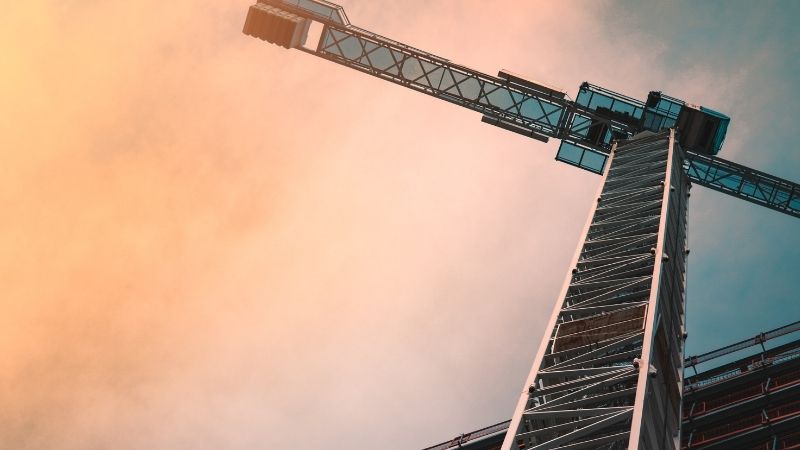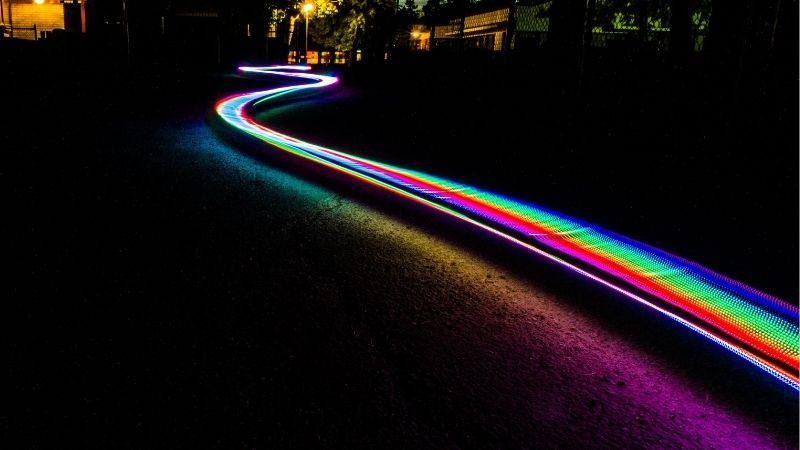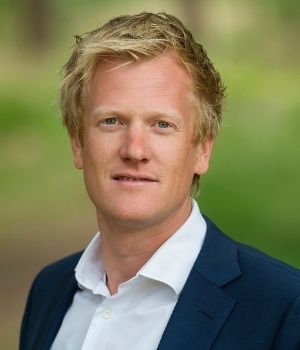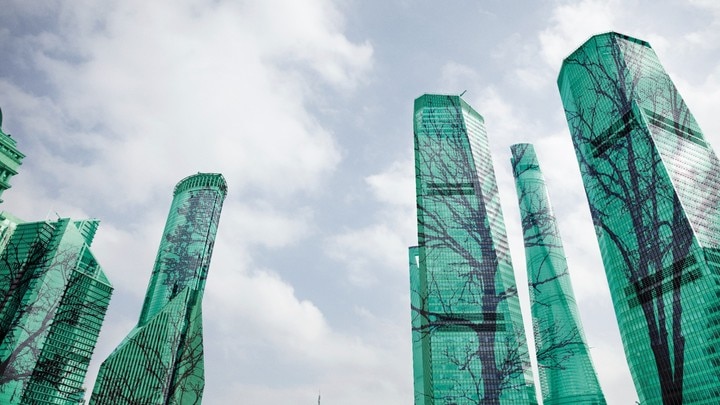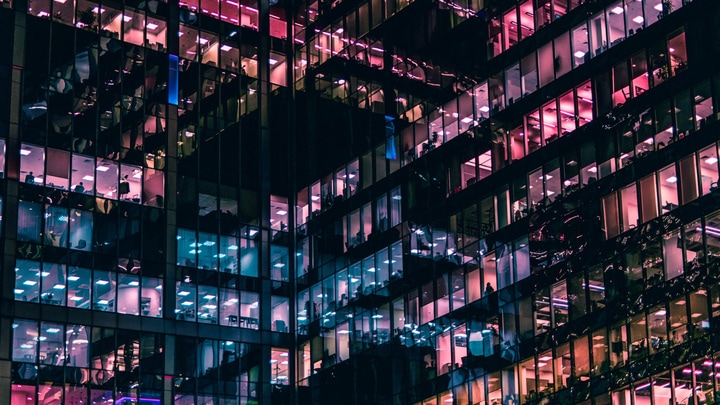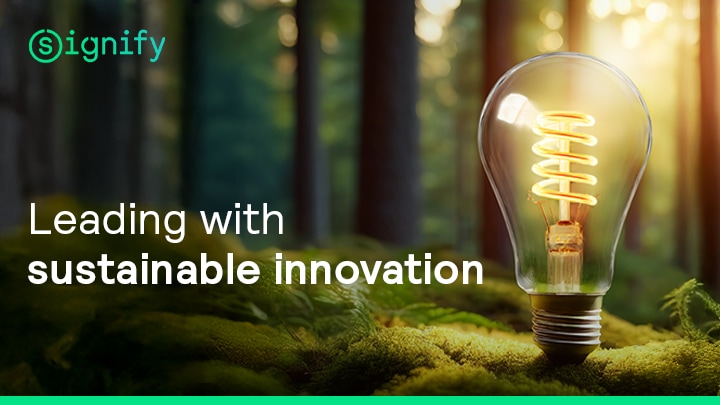March 31, 2021
Rob van Brunschot, Signify’s Country & Commercial Leader for Sweden, explains the role lighting retrofits can play in meeting ambitious sustainability targets
To achieve Europe’s 55% carbon emission reduction target by 2030, the EU should focus on reducing greenhouse gas emissions in the built environment. And luckily, this is planned. Through the renovation wave in the Green Deal, the EU plans to renovate building stock across the bloc.
Here’s why that’s very good news.
